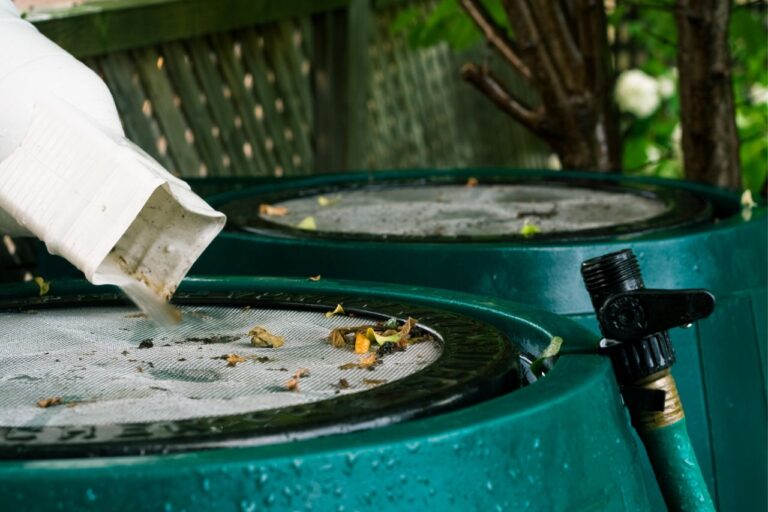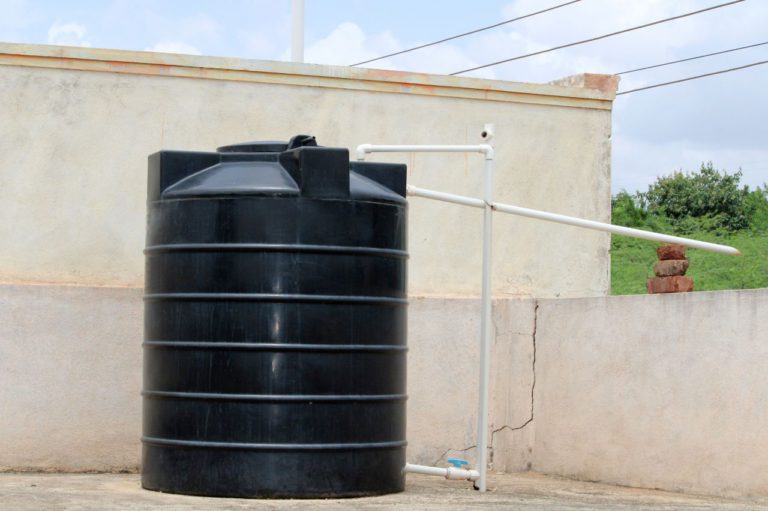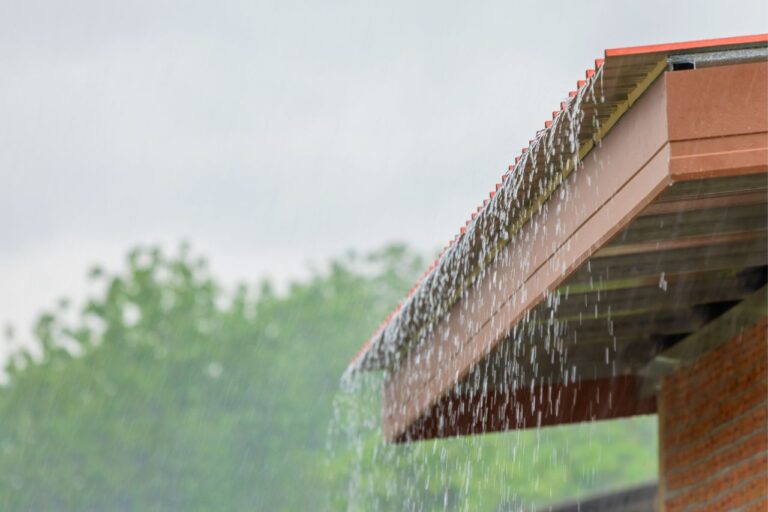The Benefits of Rainwater Harvesting: A Comprehensive Guide
What is rainwater harvesting?
Rainwater harvesting is the process of collecting and storing rainwater for future use. This technique involves capturing rainwater from roofs, surfaces, or catchment areas and storing it in tanks or other storage containers for later use. The harvested rainwater can be used for a variety of purposes, such as irrigation, gardening, flushing toilets, washing clothes, or even as a source of drinking water.
Rainwater harvesting can be an effective way to conserve water, especially in areas where water scarcity is a concern. By collecting and using rainwater, households and communities can reduce their reliance on traditional water sources, such as groundwater or municipal water supplies. Additionally, rainwater harvesting can help to reduce stormwater runoff, which can help to prevent erosion, improve water quality, and protect aquatic habitats.
Is rain harvesting illegal?
Rainwater harvesting is a practice that has been gaining popularity in recent years, particularly in areas where water scarcity is a concern. The practice involves capturing rainwater and storing it for future use, such as irrigation, gardening, and household use. However, there is often confusion and misinformation regarding the legality of rainwater harvesting. In this article, we will explore the question: is rainwater harvesting illegal?
In most cases, rainwater harvesting is legal in the United States. However, the specific laws and regulations governing rainwater harvesting vary depending on the state and local jurisdiction. Some states have laws that promote and incentivize rainwater harvesting, while others have restrictions or regulations in place.
The legal landscape
The legality of rainwater harvesting depends on a variety of factors, including the intended use of the harvested water, the size of the system, and the location of the property. In some states, such as Colorado and Utah, rainwater harvesting is explicitly allowed and even encouraged, with incentives and tax credits available for those who install rainwater harvesting systems. Other states, such as Oregon and Texas, have regulations in place that limit the amount of rainwater that can be collected, or require permits or inspections for larger systems.
In some cases, local zoning laws and building codes may also impact the legality of rainwater harvesting. For example, some municipalities may require a permit for rainwater harvesting systems or prohibit the installation of rainwater tanks in certain areas.
The benefits of rainwater harvesting
Despite the variations in laws and regulations governing rainwater harvesting, there are many benefits to the practice. Some of the benefits of rainwater harvesting include:
- Conserving water: Rainwater harvesting helps to reduce water consumption from municipal water supplies, which can help to conserve water resources and reduce strain on water infrastructure.
- Cost savings: By using rainwater for irrigation, gardening, and household use, homeowners can reduce their water bills and save money over time.
- Environmental benefits: Rainwater harvesting helps to reduce stormwater runoff, which can help to prevent erosion, improve water quality, and protect aquatic habitats.
- Increased resilience: Rainwater harvesting systems can help to provide a reliable source of water during times of drought or water scarcity, which can help to increase the resilience of households and communities.
What is needed to harvest rainwater?
If you’re interested in starting water harvesting, there are a few things you’ll need to get started. Here are the essentials:
- A Collection Surface: The first thing you need is a collection surface, such as a roof or a surface that water can run off of. The collection surface should be clean and free of debris, as any contaminants can affect the quality of the harvested water.
- Gutters and Downspouts: Once you have a collection surface, you’ll need gutters and downspouts to collect and transport the rainwater to a storage tank. It’s important to ensure that the gutters and downspouts are properly sized and installed to prevent leaks and ensure efficient water collection.
- Storage Tank: The next thing you’ll need is a storage tank to hold the harvested water. The size of the tank will depend on your water needs, the size of your collection surface, and the average rainfall in your area. You can choose from a variety of tank materials, including plastic, fiberglass, and metal.
- Filters and Screens: To ensure the harvested water is clean and free of debris, you’ll need filters and screens. These can include mesh screens to prevent leaves and debris from entering the tank, and filters to remove any sediment or contaminants.
- Pump and Distribution System: Finally, you’ll need a pump and distribution system to transport the harvested water from the storage tank to where it’s needed. Depending on your needs, you may need a pressure pump to ensure adequate water pressure, as well as piping and valves to distribute the water to different locations.
It’s also important to consider any local regulations or permits that may be required for water harvesting. Check with your local government or water authority to ensure that you comply with all regulations and requirements.
Overall, starting a water harvesting system requires some planning and investment, but can provide significant benefits, such as water conservation and cost savings. With the right equipment and planning, you can start harvesting rainwater and contribute to a more sustainable future.
Why is rainwater harvesting needed?
- Water Conservation: Rainwater harvesting is an effective way to conserve water, especially in areas where water scarcity is a concern. By collecting rainwater, households and communities can reduce their dependence on municipal water supplies, which can help to conserve water resources and reduce the strain on water infrastructure.
- Cost Savings: By using rainwater for irrigation, gardening, and household use, homeowners can reduce their water bills and save money over time. This can be especially beneficial in areas with high water rates or where water is a scarce resource.
- Environmental Benefits: Rainwater harvesting can provide environmental benefits by reducing stormwater runoff, which can help to prevent erosion, improve water quality, and protect aquatic habitats. By reducing stormwater runoff, rainwater harvesting can also help to alleviate flooding and prevent soil erosion.
- Increased Resilience: Rainwater harvesting systems can help to provide a reliable source of water during times of drought or water scarcity, which can help to increase the resilience of households and communities. By having a backup source of water, homeowners can ensure that they have access to water even during times of water shortages.
- Sustainable Living: Rainwater harvesting promotes sustainable living by reducing the reliance on traditional water sources, such as groundwater and municipal water supplies. By using rainwater, homeowners can reduce their impact on the environment and promote more sustainable living practices.
How much does a rainwater harvesting kit cost?
The cost of a rain harvesting kit can vary depending on the size of the system and the components included. A basic rain harvesting kit for a small household can cost anywhere from $200 to $500. This type of kit typically includes a small storage tank, gutter guards or filters, and a manual pump.
For larger households or commercial applications, rain harvesting kits can range from $1,000 to $10,000 or more, depending on the size and complexity of the system. These kits may include larger storage tanks, more advanced filtration systems, and automated pumps and distribution systems.
The cost of installation can also vary depending on the complexity of the system and the location. Installation costs can range from a few hundred dollars for a simple system to several thousand dollars for a larger and more complex system.
It’s important to note that while rain harvesting systems may require an initial investment, they can provide long-term cost savings by reducing water bills and promoting sustainable living practices. Additionally, many governments and municipalities offer incentives and rebates for rain harvesting systems, which can help to offset the cost of installation.
Conclusion
Rainwater harvesting is a process of collecting and storing rainwater for future use, such as irrigation, gardening, flushing toilets, washing clothes, and even as a source of drinking water. The technique involves capturing rainwater from roofs, surfaces, or catchment areas and storing it in tanks or other storage containers.
Rainwater harvesting helps to conserve water resources, reduce strain on water infrastructure, and reduce water bills. The legality of rainwater harvesting depends on state and local jurisdiction. Some states have laws that promote and incentivize rainwater harvesting, while others have restrictions or regulations in place.
To start harvesting rainwater, people need a collection surface, gutters and downspouts, storage tanks, filters, screens, pumps, and a distribution system. Rainwater harvesting provides many environmental benefits, such as preventing erosion, improving water quality, and protecting aquatic habitats.






